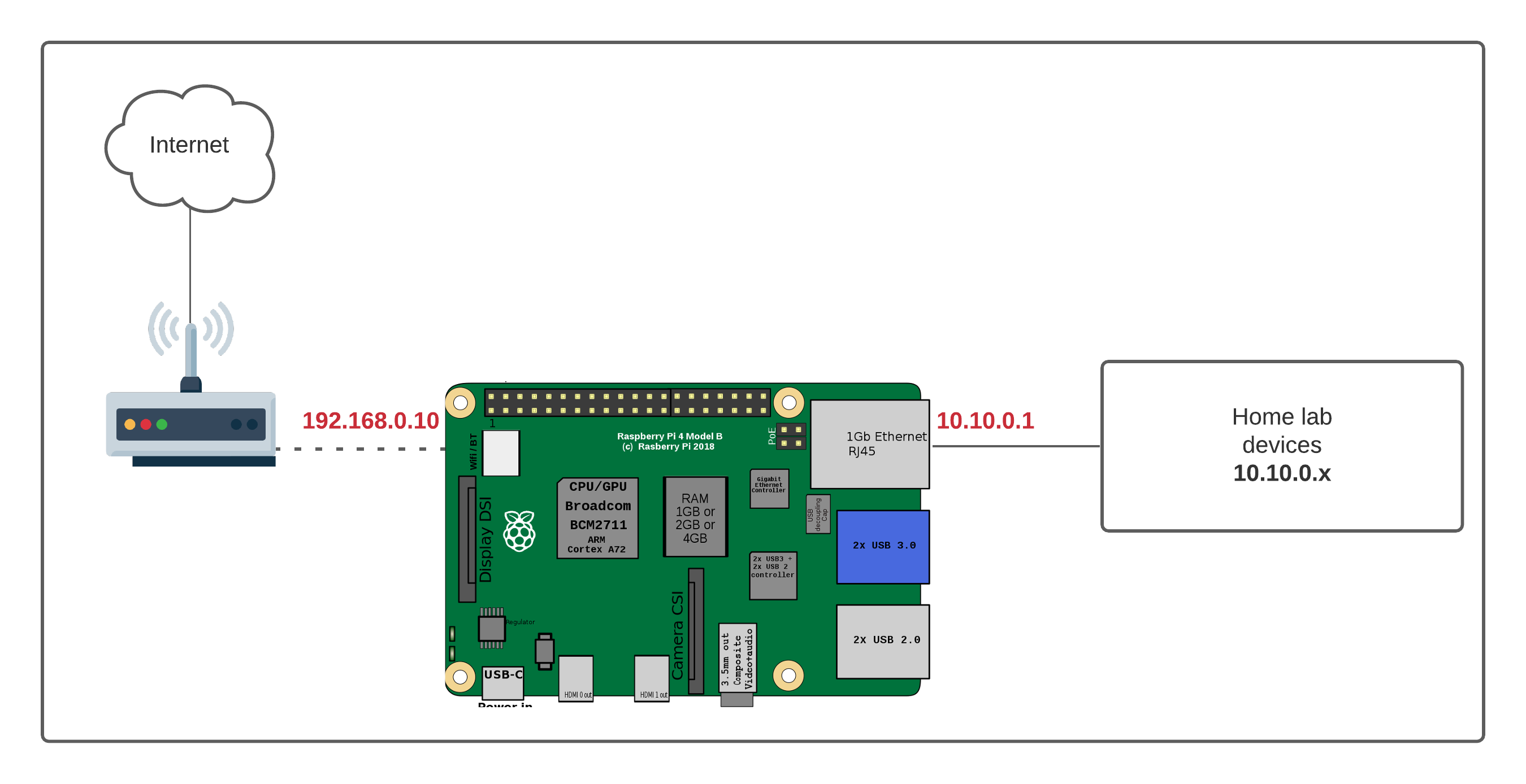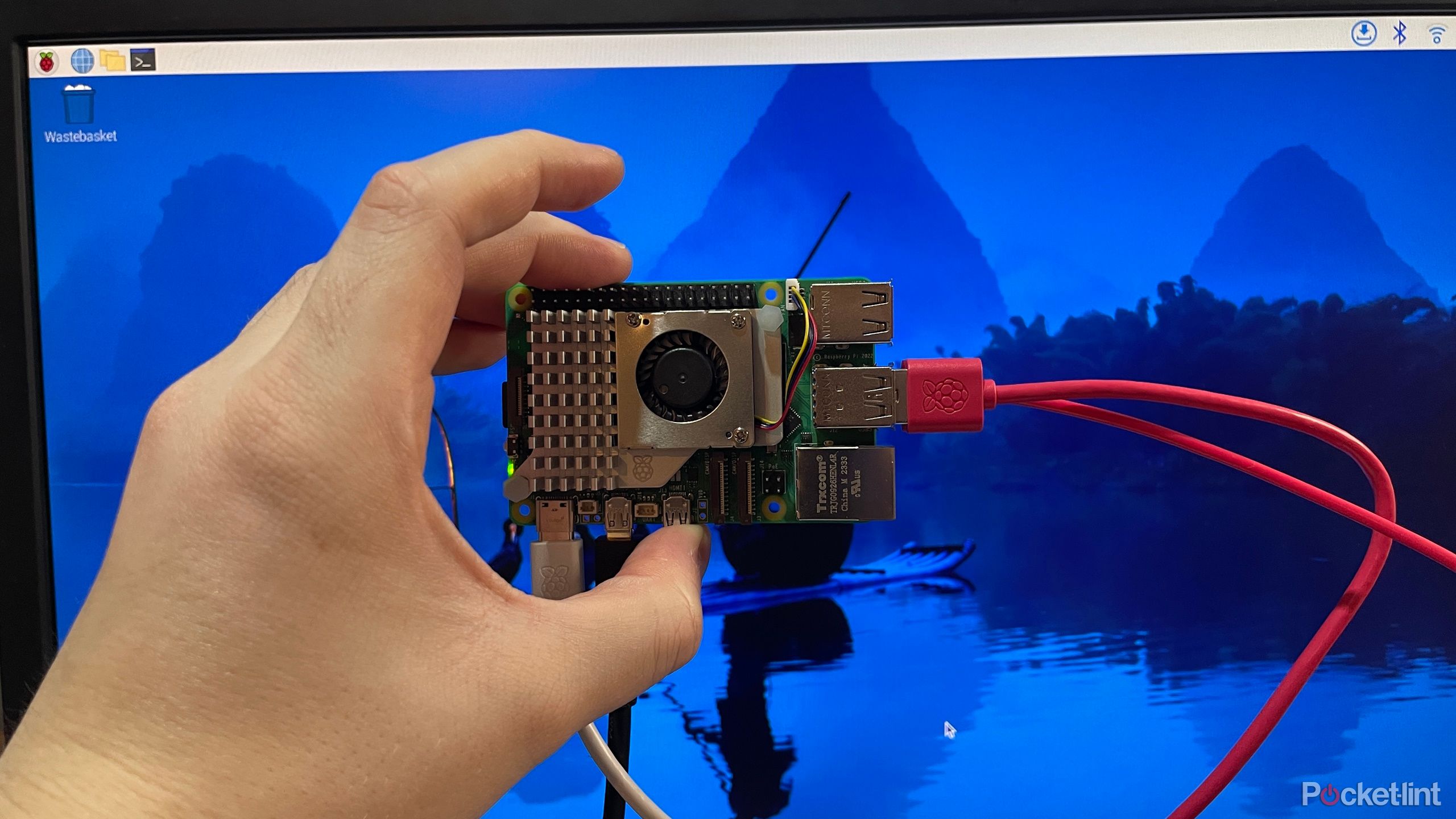Hey there, tech enthusiasts! If you're reading this, chances are you're diving headfirst into the world of IoT (Internet of Things) and Raspberry Pi. But let's face it—getting your IoT setup to work seamlessly behind a router can be a real pain in the neck. Fear not, because we've got you covered with the best remote IoT solutions that won’t cost you a dime! Whether you're a hobbyist or a professional, this guide is packed with actionable insights to help you get started.
Picture this: you’ve just set up your Raspberry Pi project, but now you're stuck trying to access it from outside your local network. Sound familiar? Don’t worry; you're not alone. Many beginners (and even seasoned pros) struggle with configuring remote access while keeping their systems secure. That’s why we’re here—to simplify the process and provide you with top-notch solutions that won’t break the bank.
In this article, we’ll explore the best ways to run IoT projects remotely behind a router using Raspberry Pi—all for free! From understanding the basics to advanced configurations, we’ll cover everything you need to know. So, grab your favorite beverage, sit back, and let’s dive into the world of remote IoT!
- Lacy Kim The Nurse Redefining Healthcare And Digital Media
- The Dark Webs Sinister Entity Unraveling The Snapgod Saga
Table of Contents
- Introduction to Remote IoT
- Raspberry Pi: The Ultimate IoT Companion
- Why Run IoT Behind a Router?
- Best Free Solutions for Remote IoT Access
- Port Forwarding: The Basics
- Dynamic DNS (DDNS): A Game-Changer
- Top Tools for Remote IoT
- Security Tips for Remote IoT
- Troubleshooting Common Issues
- Conclusion and Next Steps
Introduction to Remote IoT
Alright, let’s start with the basics. IoT, or Internet of Things, is all about connecting everyday devices to the internet. From smart thermostats to home security systems, IoT is revolutionizing the way we interact with technology. But what happens when you want to control these devices from afar? That’s where remote IoT comes in.
Running IoT projects behind a router might seem like a no-brainer, but it requires some technical know-how. The good news? With the right tools and configurations, you can access your Raspberry Pi projects from anywhere in the world—for free!
Raspberry Pi: The Ultimate IoT Companion
Now, let’s talk about the star of the show: the Raspberry Pi. This tiny yet powerful device is perfect for IoT enthusiasts. Whether you're building a weather station, automating your home, or creating a smart garden, Raspberry Pi has got your back.
- Lacykim A Rising Star In The Evolving Digital Landscape
- Exclusive Content Creators Balancing Privacy And Popularity In The Digital Age
Why Raspberry Pi?
- Cost-effective and versatile
- Supports a wide range of sensors and modules
- Open-source community with tons of resources
- Perfect for both beginners and advanced users
Plus, Raspberry Pi works seamlessly with various programming languages, making it a dream come true for developers.
Why Run IoT Behind a Router?
Running your IoT setup behind a router offers several advantages. First and foremost, it adds an extra layer of security by isolating your devices from the public internet. Additionally, it allows you to manage multiple devices on a single network, making it easier to monitor and control them.
But here’s the catch: accessing your IoT devices remotely requires some tweaking. That’s where solutions like port forwarding and dynamic DNS come into play.
Best Free Solutions for Remote IoT Access
So, you want to access your Raspberry Pi projects remotely without spending a dime? Here are some of the best free solutions:
1. Port Forwarding
Port forwarding is a straightforward method that allows you to access your devices from outside your local network. All you need to do is configure your router to forward specific ports to your Raspberry Pi.
2. Dynamic DNS (DDNS)
DDNS services like No-IP and DuckDNS provide you with a static domain name that points to your dynamic IP address. This makes it easier to access your devices remotely without worrying about IP changes.
3. SSH Tunneling
SSH tunneling is another great option for secure remote access. It encrypts your data and provides a safe connection between your device and the outside world.
Port Forwarding: The Basics
Let’s break down the process of setting up port forwarding:
- Log in to your router’s admin interface
- Locate the port forwarding section
- Set up a rule to forward specific ports to your Raspberry Pi’s IP address
- Save the changes and test the connection
Pro tip: Use tools like canyouseeme.org to verify if your ports are open.
Dynamic DNS (DDNS): A Game-Changer
DDNS services are a lifesaver when it comes to remote IoT. Here’s how they work:
- Sign up for a DDNS provider (e.g., No-IP, DuckDNS)
- Create a hostname and link it to your router
- Configure your router to update the DDNS service automatically
- Access your devices using the hostname instead of your IP address
With DDNS, you’ll never have to worry about IP address changes again!
Top Tools for Remote IoT
Here are some must-have tools for your remote IoT setup:
1. ngrok
ngrok is a popular tool that creates secure tunnels to your local devices. It’s super easy to use and offers both free and paid plans.
2. Home Assistant
Home Assistant is a fantastic platform for managing IoT devices. It integrates seamlessly with Raspberry Pi and offers remote access capabilities.
3. OpenHAB
OpenHAB is another great option for home automation enthusiasts. It supports a wide range of devices and protocols, making it a versatile choice for IoT projects.
Security Tips for Remote IoT
Security should always be a top priority when setting up remote IoT. Here are some tips to keep your devices safe:
- Use strong passwords and enable two-factor authentication
- Keep your software and firmware up to date
- Disable unnecessary services and ports
- Monitor your network for suspicious activity
Remember, a secure setup is a happy setup!
Troubleshooting Common Issues
Even with the best configurations, things can go wrong. Here are some common issues and how to fix them:
1. Unable to Connect
Check your port forwarding rules and ensure your router’s firewall isn’t blocking the connection.
2. IP Address Changes
Set up a DDNS service to handle IP address changes automatically.
3. Slow Connection
Optimize your network settings and consider using a wired connection for better performance.
Conclusion and Next Steps
There you have it—your ultimate guide to the best remote IoT solutions for Raspberry Pi, all for free! From port forwarding to dynamic DNS, we’ve covered everything you need to know to get your projects up and running remotely.
Remember, security is key when dealing with remote IoT. Always take the necessary precautions to protect your devices and data. And don’t forget to share your experiences and tips in the comments below!
So, what are you waiting for? Grab your Raspberry Pi, roll up your sleeves, and start building your next big IoT project. The world is your oyster, and the possibilities are endless!
- Unveiling The Digital Vulnerability The Kirsten Too Sweet Leak Controversy
- Unveiling The Dark Side Of Digital Sharing The Odia Viral Mms Controversy


